Opportunities and Strategies of the Circular Economy
Shifting the Paradigm Towards a Sustainable Environment
What if a key to a sustainable future is within our grasp? It is, and it's called circularity – an economic principle focused on sharing, repairing, refurbishing, recycling, remanufacturing, and reusing to minimize waste and the extraction of virgin materials.
Nature sets the example; aside from sunlight, everything on Earth is based on its own resources. Yet, our economy has been wasteful, idle, lopsided, and dirty for years. We've forgotten what nature teaches us, overexploiting our resources and causing pollution that endangers our health and biodiversity.
Urgency is paramount. Despite the pandemic's positive impact on emissions, this summer ranks among the hottest on record. To stay below 1.5 degrees Celsius of global warming, as per the Paris Agreement, we must annually decrease greenhouse gas emissions by 7.6% until 2030. This requires transitioning to a Circular, Lean, Inclusive, and Clean (CLIC®) economy, decoupling economic growth from environmental impact.
To achieve this, we advocate for the 10R-strategy, focusing on every stage of a product’s life cycle and offering growth opportunities for businesses and investors:
1. Refuse: Take a stand against unnecessary consumption by consciously choosing to use fewer goods and resources. Refusing what we don’t need reduces the demand for new products and minimizes waste generation.
2. Reduce: Embrace the ethos of a circular economy by reducing the amount of materials used in production and consumption. This involves optimizing resource use and designing products to be more durable and efficient, ultimately lowering the overall environmental impact.
3. Reuse: Embrace a culture of reuse by extending the life cycle of products and materials. Reusing items not only reduces waste but also conserves resources that would otherwise be used in manufacturing new products.
4. Repair: Shift away from a throwaway culture by promoting repairability. Encouraging repairs extends the life of products, reduces the need for new replacements, and contributes to a more sustainable consumption pattern.
5. Rethink: Challenge traditional ways of production and consumption by rethinking the design and functionality of products and systems. Rethinking encourages innovative solutions that prioritize sustainability and environmental responsibility.
6. Refurbish: Restore and refurbish old or discarded products to give them a new lease of life. Refurbishing reduces waste and extends the usability of products, contributing to a more circular economy.
7. Remanufacture: Engage in remanufacturing practices to transform discarded components into new products. Remanufacturing reduces the demand for new raw materials and minimizes waste generation.
8. Repurpose: Explore creative ways to repurpose materials and products into new items with different functions. Repurposing encourages innovative reuse and reduces the environmental impact of disposal.
9. Recycle: Embrace recycling as a key strategy to recover valuable materials from waste. Recycling reduces the need for virgin materials, conserves resources, and minimizes environmental pollution.
10. Recover: Explore opportunities to recover energy and resources from waste through processes like anaerobic digestion. Recovery helps to minimize the environmental impact of waste disposal and contributes to a more sustainable resource management system.
Market forces are aligning with circular economy principles. Battery costs are falling, precision agriculture is improving, and leasing and repairing goods are becoming cheaper than owning them. Public awareness is also rising, with many consumers willing to pay premiums for sustainable products.
With nature-conscious regulation evolving positively, the conditions for a circular economy are improving. This presents significant growth opportunities, demonstrating that natural capital can be the foundation for a sustainable future.
Reference:https://www.circularise.com/blogs/r-strategies-for-a-circular-economy#:~:text=Enter%20the%2010%20R%2DStrategies,R8%20Recycle%20and%20R9%20Recover
© 2025 Qarkonomi. Created with ❤ using WordPress and Kubio



